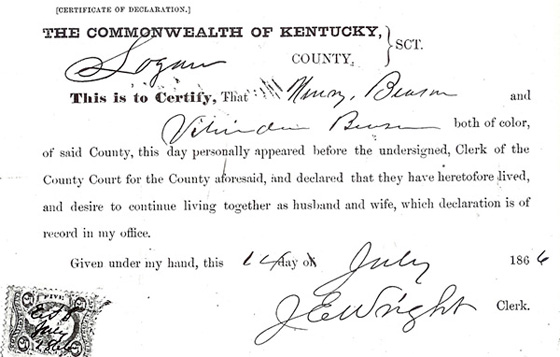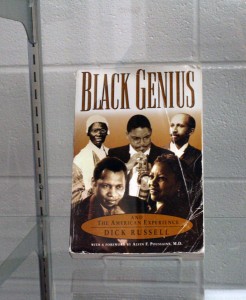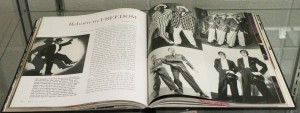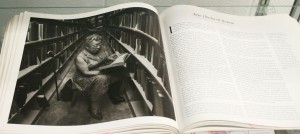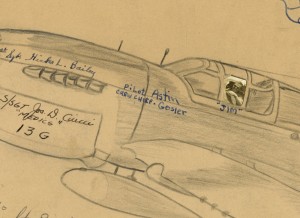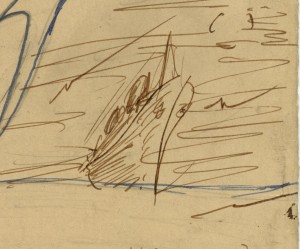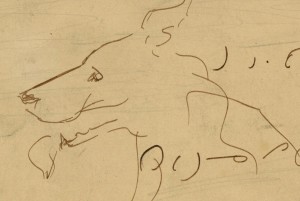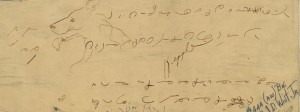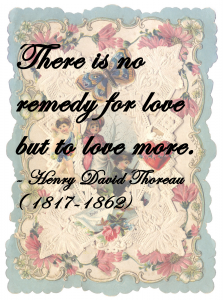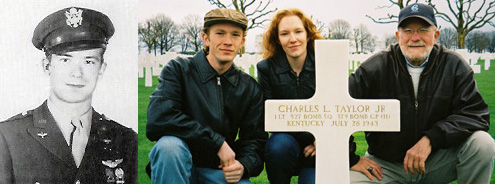 WKU Libraries is pleased to announce the opening of “The Commons at Cravens” located on the fourth floor of the Cravens Library at Western Kentucky University’s main campus. The Grand Opening will be Thursday, January 31 at 4 pm with remarks at 4:30 pm by the President, Provost, WKU student Mark Reeves, and Dean of Libraries.
WKU Libraries is pleased to announce the opening of “The Commons at Cravens” located on the fourth floor of the Cravens Library at Western Kentucky University’s main campus. The Grand Opening will be Thursday, January 31 at 4 pm with remarks at 4:30 pm by the President, Provost, WKU student Mark Reeves, and Dean of Libraries.
“This is an exciting transformation for the Library,” said Connie Foster, Dean of WKU Libraries. “Students can work as a group in one of the collaborative booths, sit at a bistro table overlooking the campus, or just BYOD (bring your own device) and plug into one of the stations at the laptop counter.”
According to Foster, the newly renovated floor offers a single service desk for research assistance, technology support, and writing center tutoring–all conveniently located across from Circulation Services. The space will provide students with more computer access, whiteboards for study, and movable furniture to fit their study needs.
Tiffany Hayes, Project Manager from WKU Planning, Design, and Construction, said the construction began October 1, 2012 on approximately 9,600 square feet of space and was completed January 15, 2013.
“The scope of improvements included new carpet and rubber flooring, fresh paint, vinyl wall covering, a new laptop counter, soffits above circulation and reference desks, and decorative wall panels,” said Hayes. “The furniture company installed new computer workstations, booths, and the reference desk. The existing circulation desk was rearranged.”
“We hope this transformation creates a positive place of possibilities-a place Where Knowledge Unfolds,” said Foster.
For more information on WKU Libraries, go to wku.edu/library.


